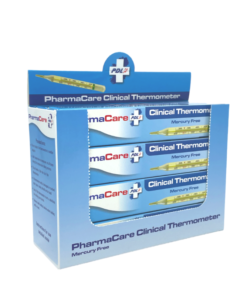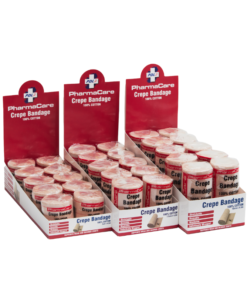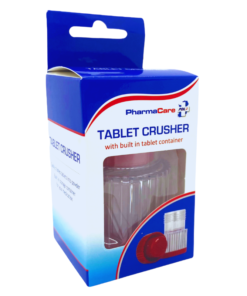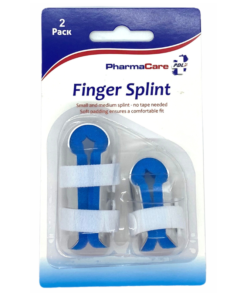Description
Description
The Pharmacare Triangular Bandage is a multi-functional bandage that is ideal for creating slings to support sprains and splinting. This single use bandage comes in a large, triangular shape and is essential for any first aid kit. Its main use is for immobilizing an arm in the event of a bad injury, or a break, but can have a variety of different functions. Triangular bandages are indispensable and an essential first aid bandage. This product is individually wrapped.
Size: 36″ x 36″.
Uses
The main use of a triangular bandage is immobilizing the arm or collarbone in the event of a break, or bad injury. However, it is multi-functional and can be used for a range of other injuries such as injured arms, head wounds, broken legs or soft tissue injuries. It can also be folded as a broad-fold bandage to stop a limb from moving or made into a sling.
Application
Triangular Bandages have a broad range of uses within a first aid kit- below are instructions on how to make 2 different types of slings.
How to make a Sling:
• Ask the casualty to support their arm with their other hand
• Gently slide the triangular bandage underneath the arm
• The point of the triangle should be underneath the elbow of the injured arm
• Bring the top end of the bandage around the back of the neck
• Fold the lower end of the bandage up over the forearm to meet the top of the bandage at the shoulder of the injured side
• Tie the two ends of the bandage together in a reef knot above their collar bone and tuck in the free ends
• Adjust the sling so that it supports their arm all the way to the end of their little finger
• Make sure that the edge of the bandage by the elbow is secured by twisting the fabric and tucking it in, or using a safety pin to fasten
• Check the circulation in their fingertips every 10 minutes – press the casualty’s nail for 5 seconds until it turns pale, then release to see if the colour returns within 2 seconds
How to make an Elevation Sling:
• Ask the casualty to support their injured arm, across the chest, with their fingers resting on the opposite shoulder
• Lay the triangular bandage over their chest, on top of the injured arm, with one end over their uninjured shoulder
• Hold the point of the bandage just below the elbow on the injured side
• Tuck the lower part of the bandage underneath the injured arm
• Bring it diagonally across their back to meet the other end of the bandage at their shoulder
• Tie the two ends of the bandage together in a reef knot above their collar bone and tuck in the free ends
• Make sure that the edge of the bandage by the elbow is secured by twisting the fabric and tucking it in or using a safety pin to fasten
• Check the circulation in their thumb every 10 minutes. If it’s too tight, then loosen the sling and readjust.








